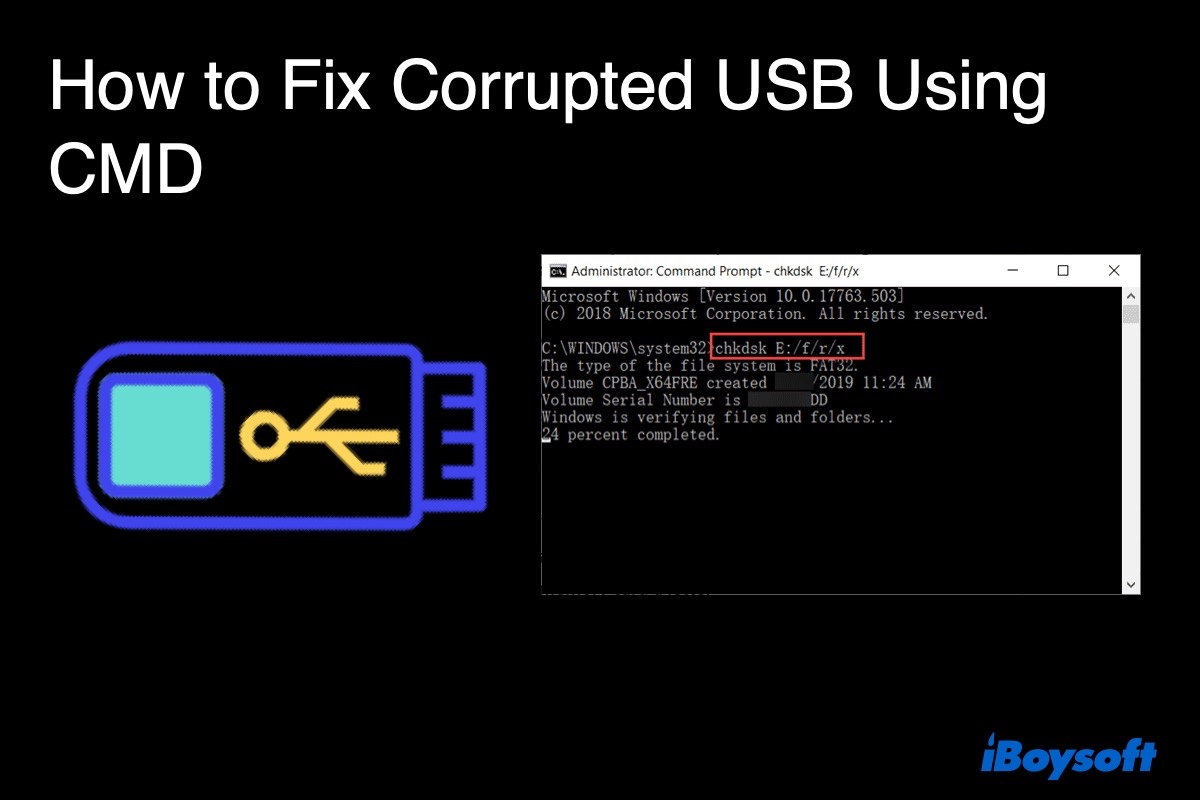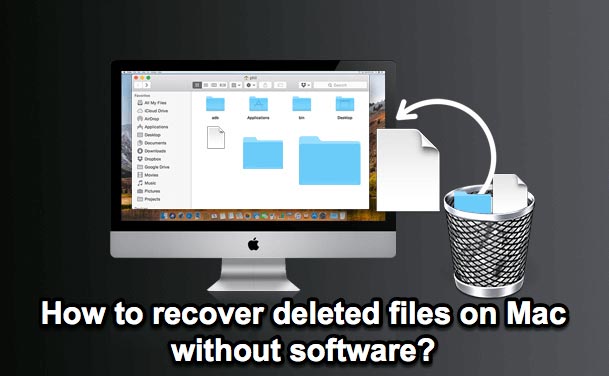Here's how to recover the folders that have turned into Unix Executable Files on Mac:
- Open your USB drive.
- Press Command + Shift + Period ( . ) to reveal hidden files.
- Check to see the original folders and files.
- Create a new folder on the USB disk.
- Drag and drop the found files into the new folder.
- Delete the empty folder and Unix Executable Files.
If the above process doesn't work, try recovering the folders with iBoysoft Data Recovery for Mac. You can take advantage of its free preview to see if it can find the files you need.



